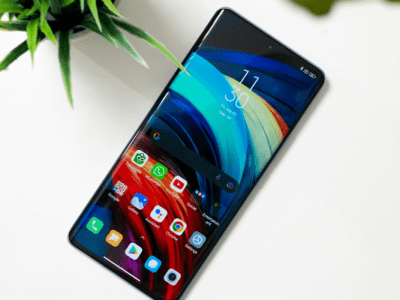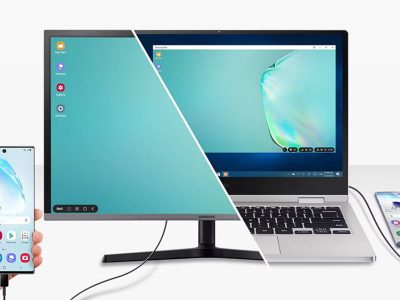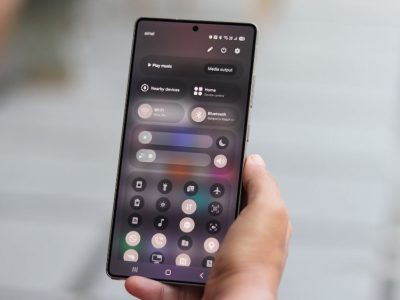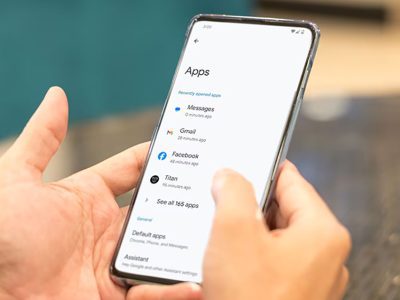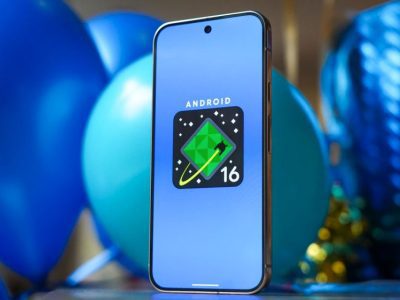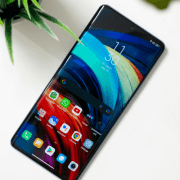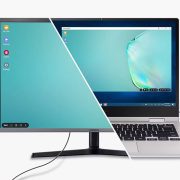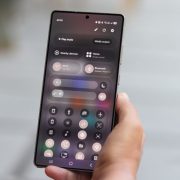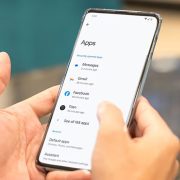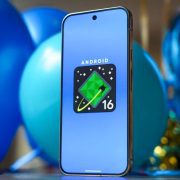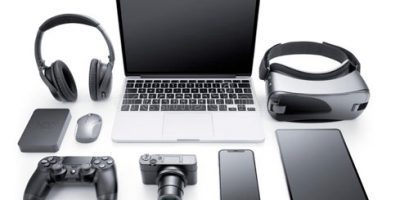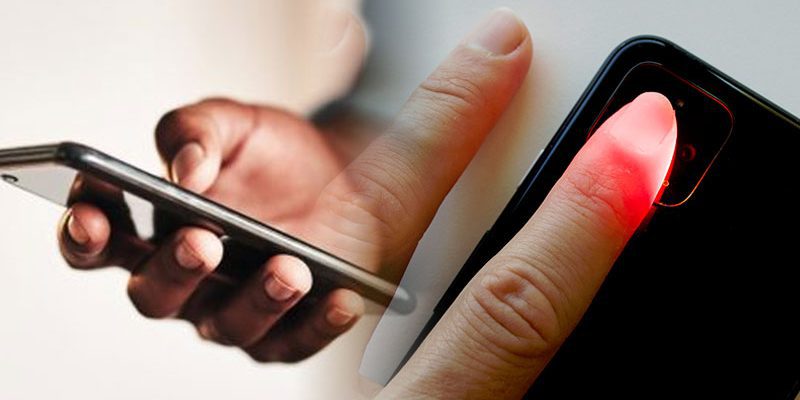
Our bodies require a lot of oxygen to function, and healthy people always have at least 95% oxygen saturation.
Asthma and COVID-19 make it difficult for the body to absorb oxygen from the lungs. As a result, oxygen saturation percentages drop to 90% or lower, indicating that medical attention is required.
Doctors use pulse oximeters in clinics to monitor oxygen saturation. Pulse oximeters are the clips that go around your fingertip or ear. However, monitoring oxygen saturation at home several times per day has the potential to be beneficial. It could, for example, assist patients in monitoring COVID symptoms.
Researchers from the University of Washington (UW) and the University of California San Diego (UCSD) demonstrated in a proof-of-concept study that smartphones can detect blood oxygen saturation levels as low as 70%. According to the US Food and Drug Administration, this is the lowest value that pulse oximeters should be able to measure (FDA).
Participants use the technique by placing their finger over the camera and flash of a smartphone, which uses a deep-learning algorithm to determine blood oxygen levels. During the testing, the team administered a controlled mixture of nitrogen and oxygen to six subjects in order to artificially lower their blood oxygen levels. The smartphone correctly predicted whether the subject had low blood oxygen levels 80% of the time.
The findings will be published today (September 19) in the journal npj Digital Medicine.
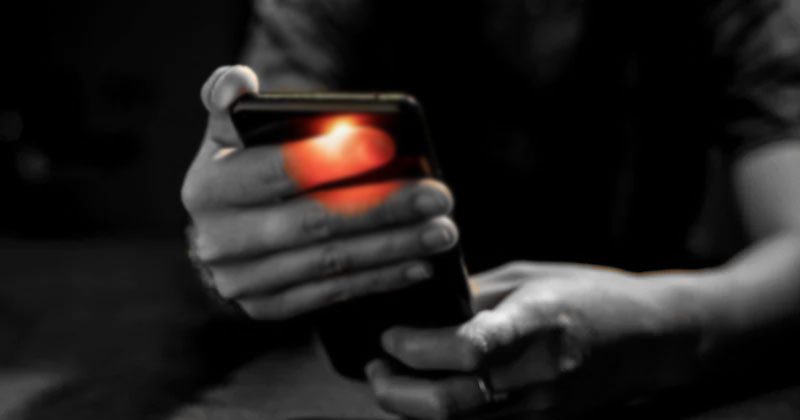
Measure Blood Oxygen
“Other smartphone apps that do this require users to hold their breath.” However, after a minute or so, people become very uncomfortable and need to breathe, and this is before their blood-oxygen levels have dropped far enough to represent the full range of clinically relevant data,” said Jason Hoffman. He is the co-lead author and a doctoral student at the Paul G. Allen School of Computer Science & Engineering at the University of Washington. “With our test, we can collect 15 minutes of data from each subject.” Our data suggests that smartphones could perform well right at the critical threshold.”
Another advantage of measuring blood oxygen levels on a smartphone is that almost everyone nowadays owns one.
“This way, you could have multiple measurements with your own device at no or low cost,” said co-author Dr. Matthew Thompson, a family medicine professor at the University of Washington School of Medicine. “In an ideal world, this information could be transmitted seamlessly to a doctor’s office.” This would be extremely useful for telemedicine appointments or for triage nurses to quickly determine whether patients need to go to the emergency department or if they can rest at home and schedule an appointment with their primary care provider later.”
Six participants ranging in age from 20 to 34 were recruited by the researchers. Three were identified as female and three as male. One participant identified as African American, while the remaining participants identified as Caucasian.
The team had each participant wear a standard pulse oximeter on one finger and then place another finger on the same hand over a smartphone’s camera and flash to collect data for training and testing the algorithm. Each participant had the same setup on both hands at the same time.
“Every time your heart beats, fresh blood flows through the part illuminated by the flash,” said senior author Edward Wang, who began this project as a UW doctoral student studying electrical and computer engineering and is now an assistant professor at UC San Diego’s Design Lab and the Department of Electrical and Computer Engineering.
“The camera records how much blood absorbs the light from the flash in each of the three color channels it measures: red, green, and blue,” Wang, who also directs the UC San Diego DigiHealth Lab, explained. “Those intensity measurements can then be fed into our deep-learning model.”
To gradually reduce oxygen levels, each participant breathed in a controlled mixture of oxygen and nitrogen. It took about 15 minutes to complete the process. The team collected over 10,000 blood oxygen level readings ranging from 61% to 100% for all six participants.
The scientists trained a deep learning algorithm on data from four of the participants to determine blood oxygen levels. They used the remaining data to validate the method before testing it on new subjects to see how well it performed.
“Smartphone light can be scattered by all these other components in your finger,” said co-lead author Varun Viswanath, a UW alumnus who is now a doctoral student advised by Wang at UC San Diego. “Deep learning is a really useful technique here because it can see these really complex and nuanced features and helps you find patterns that you wouldn’t be able to see otherwise.”
The team plans to expand their research by running the algorithm on more people.
“One of our subjects had thick calluses on their fingers, which made it difficult for our algorithm to determine their blood oxygen levels accurately,” Hoffman explained. “If we were to expand this study to include more subjects, we would most likely see more calluses and people with different skin tones.” Then we might have an algorithm with enough complexity to better model all of these differences.”
However, the scientists believe that this is a good first step toward developing machine learning-aided biomedical devices.
“It’s critical to conduct a study like this,” Wang said. “Traditional medical devices are subjected to rigorous testing.” However, computer science research is only now beginning to delve into the use of machine learning for biomedical device development, and we are all still learning. We force ourselves to be rigorous in order to learn how to do things correctly.”
Views: 140

